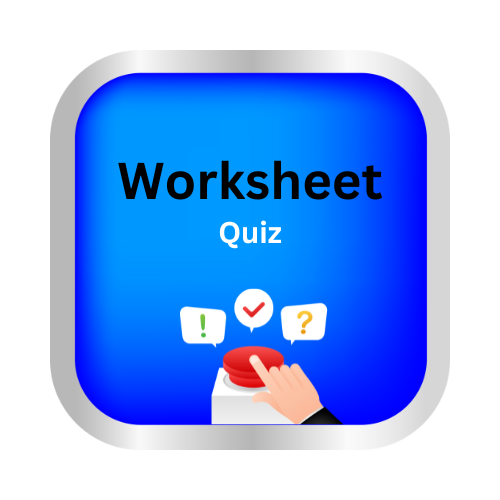Animals And Plants
key notes:
Living Things:

- Both animals and plants are living things.
- They grow, need food, breathe, and reproduce.
Animals:

- Animals can be divided into two main groups: Vertebrates (animals with backbones) and Invertebrates (animals without backbones).
- Animals need food, water, and shelter to survive.
- They can move from place to place to find food or shelter.
- Animals breathe air (in most cases) and can be herbivores (plant eaters), carnivores (meat eaters), or omnivores (both plant and meat eaters).
Plants:

- Plants do not move from place to place, but they grow towards sunlight.
- Plants make their own food through a process called photosynthesis, where they use sunlight, water, and carbon dioxide to produce food.
- They have roots, stems, leaves, and flowers that help them grow and reproduce.
- Plants are important because they give oxygen and food for both animals and humans.
Interdependence:
- Animals and plants depend on each other. Animals need plants for food and oxygen, and plants need animals for pollination (helping flowers grow) and spreading seeds.
Habitats:
- Animals and plants live in different types of habitats like forests, oceans, deserts, and grasslands.
- Every habitat provides the food, water, and shelter animals and plants need.
Life Cycle:
- Both animals and plants have life cycles. For example, a seed grows into a plant, and an animal grows from a baby into an adult.
Conservation:
- It is important to take care of both animals and plants to protect our environment and maintain a balanced ecosystem.
Let’s practice!

